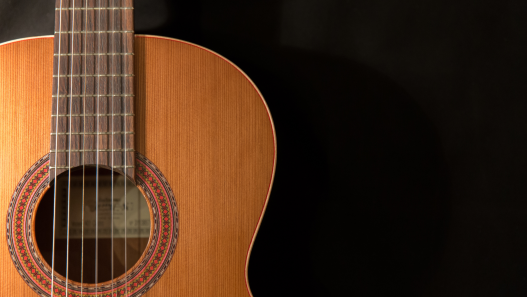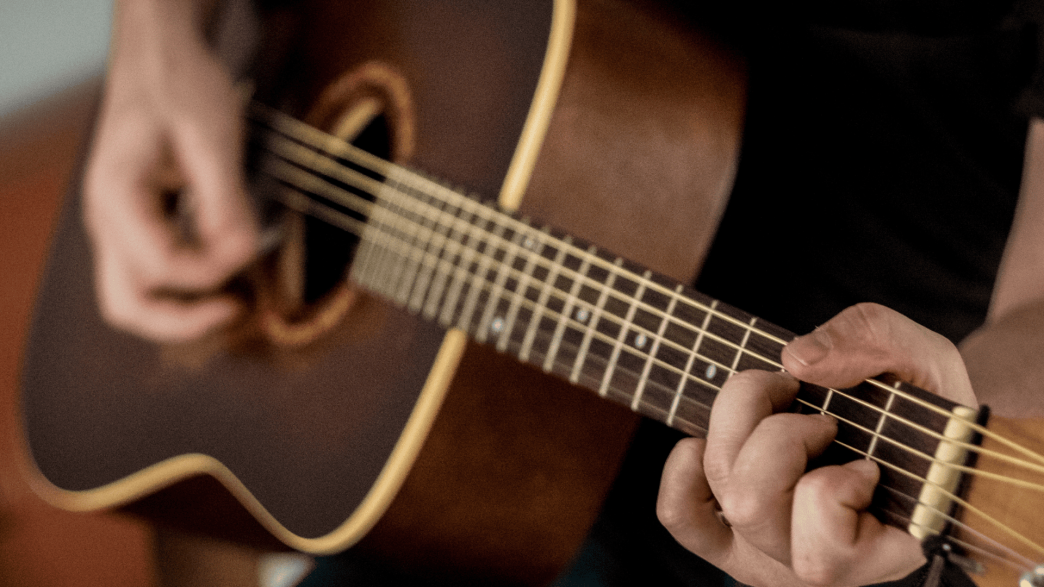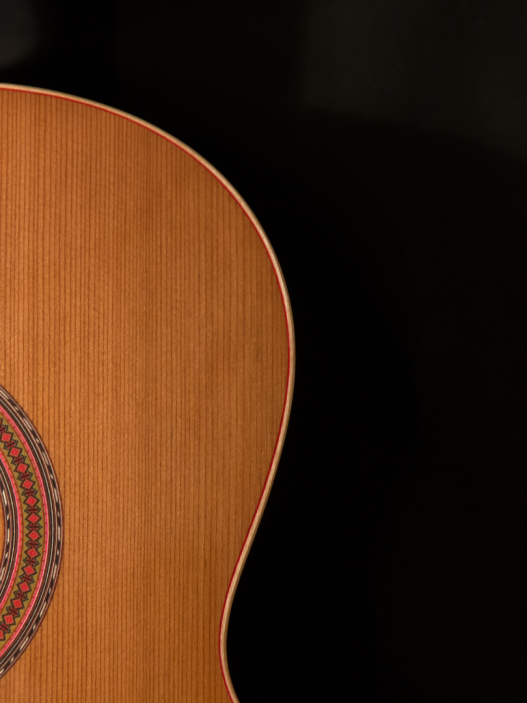Bob Dylan is an iconic American singer-songwriter known for his profound impact on music and culture. Rising to fame in the 1960s, his songs often tackled social issues and inspired a generation.
With his distinctive voice and poetic lyrics, Dylan became a voice for change. Throughout his career, Dylan experimented with various musical styles, including folk, rock, and blues.
He has won numerous awards, including the Nobel Prize in Literature for his songwriting. His influence stretches beyond music, shaping literature, art, and activism.
Even today, Bob Dylan continues to tour and create music, maintaining his legendary status. His work remains relevant, connecting with new audiences across generations. Dylan’s legacy is a testament to the power of words and music combined.
About the Song
“Blowin’ in the Wind,” released in 1963, is one of the most influential protest songs in American music history.
Written quickly by Bob Dylan, the song poses rhetorical questions about peace, freedom, and justice through a simple yet haunting melody.
It became an anthem for the Civil Rights Movement and anti-war protests, with its famous refrain suggesting that answers to social problems are both elusive and ever-present.
This piece continues to inspire new generations with its call for social change.
| Detail | Information |
|---|---|
| Released | 1963 |
| Album | The Freewheelin’ Bob Dylan |
| Writers | Bob Dylan |
| Producers | John Hammond |
Blowin’ in the Wind Chords by Bob Dylan
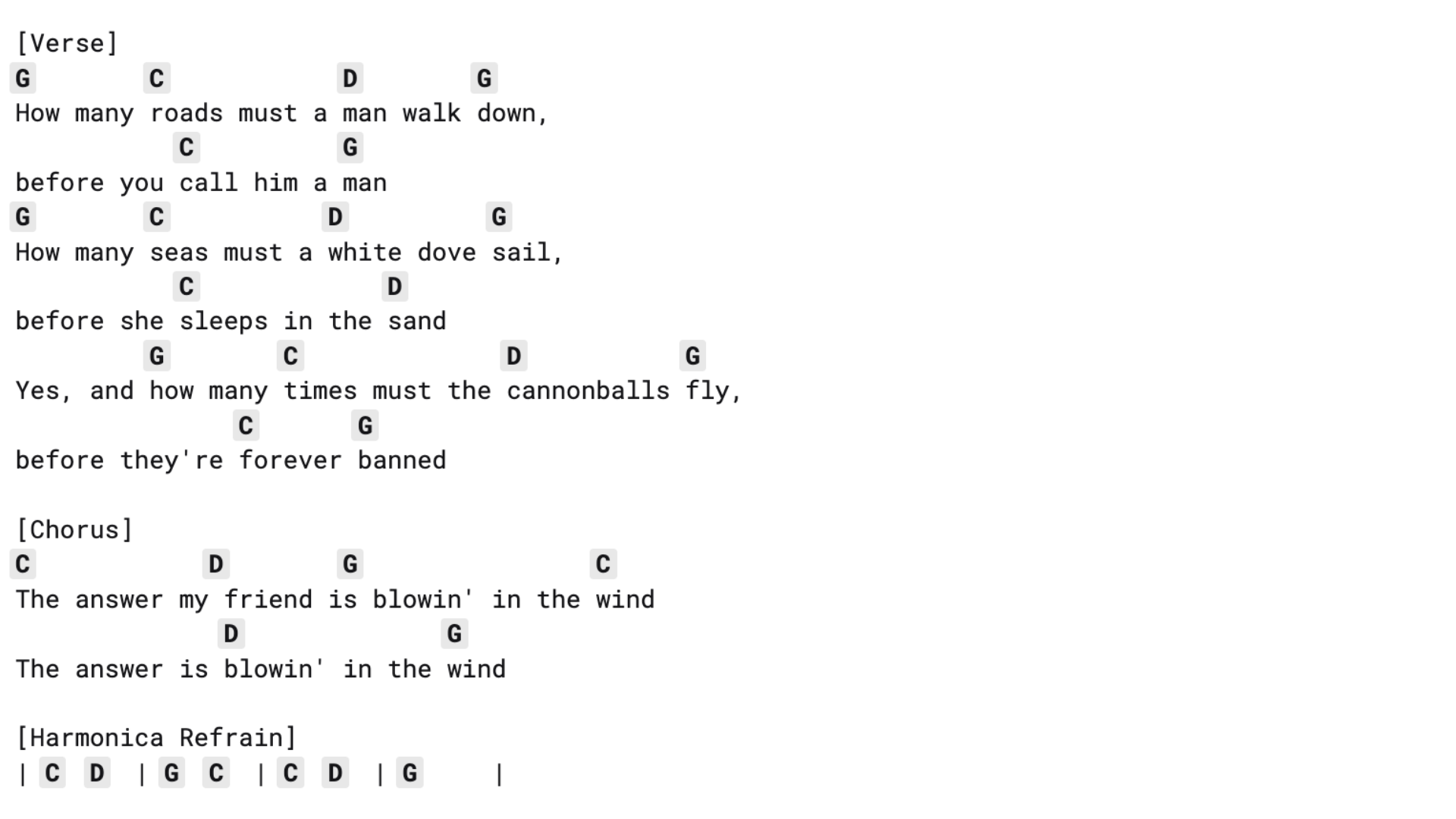
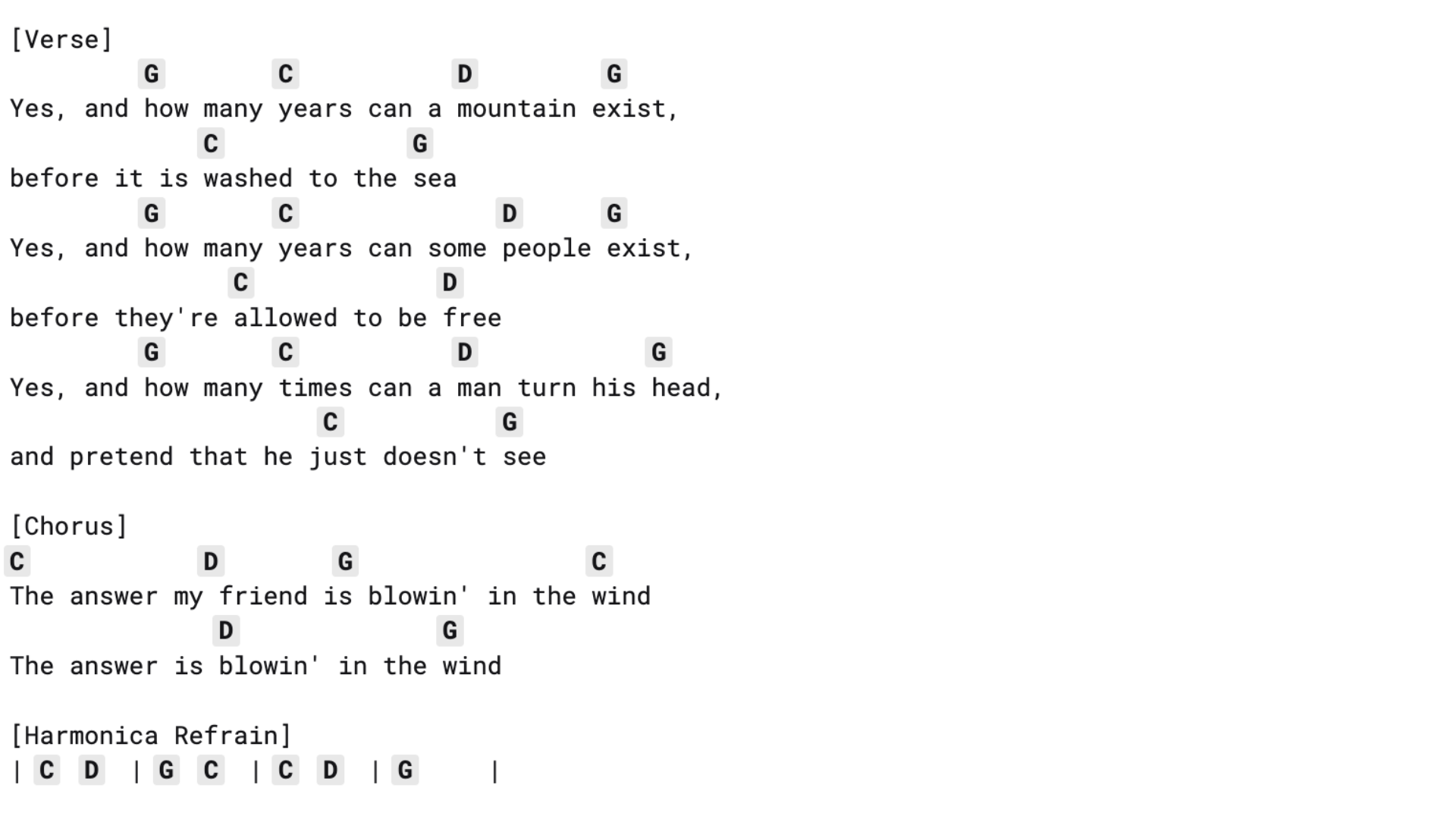
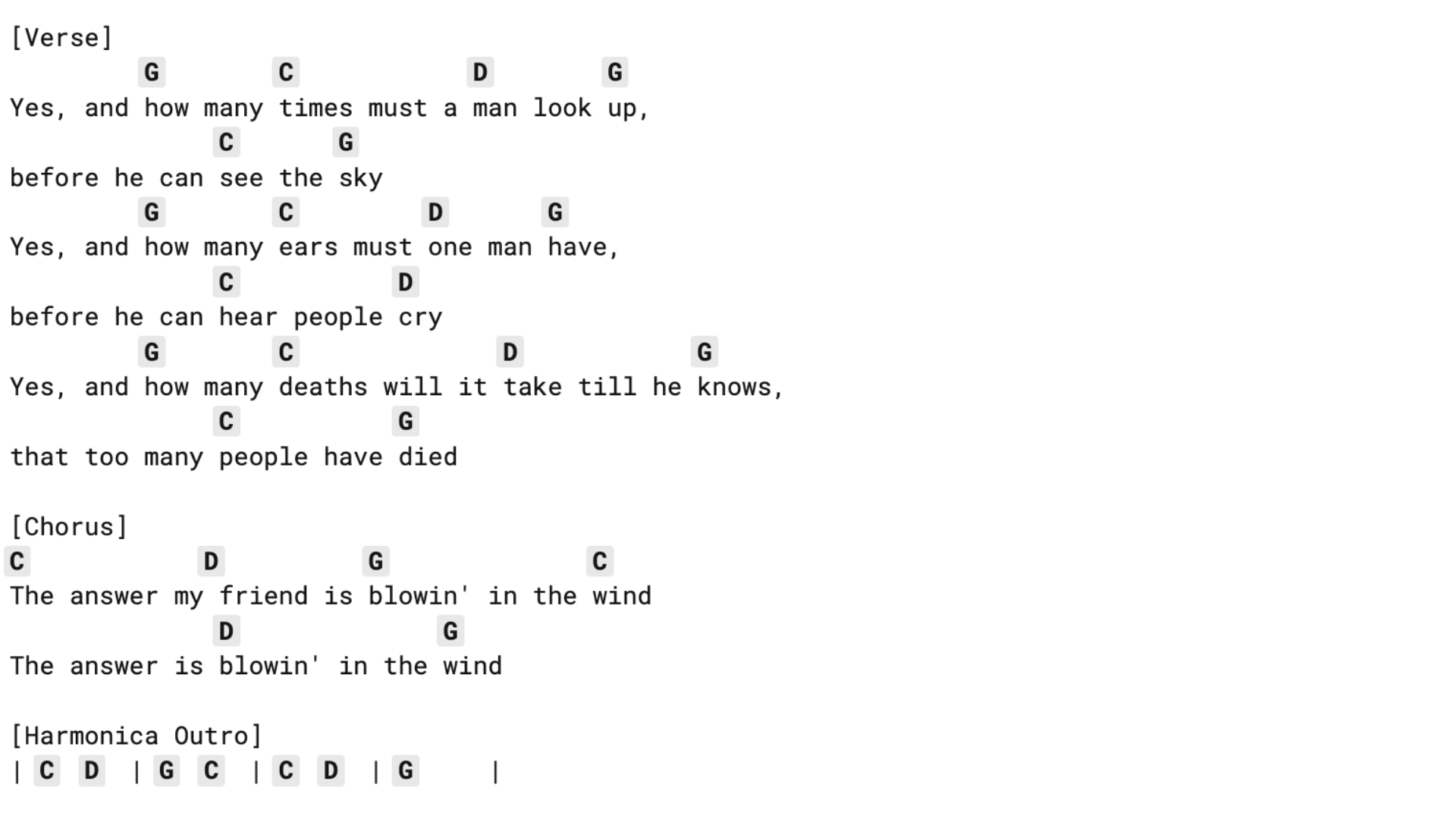
How to Play these Chords?
Mastering these three basic chords is the foundation for playing ‘Blowin’ in the Wind’ – here’s how to position your fingers for each chord:
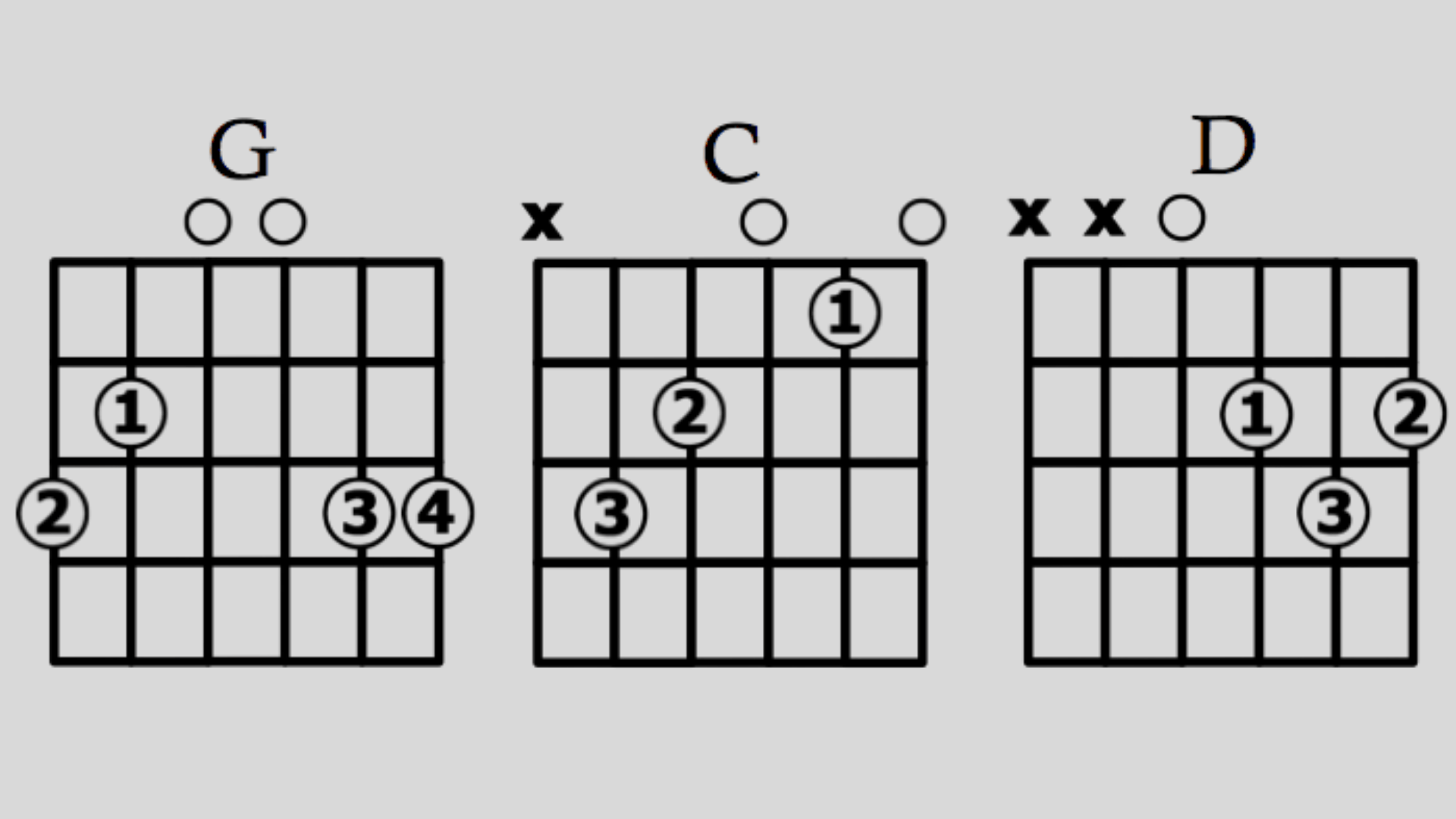
Once you’ve practiced these chord shapes and can transition smoothly between G, C, and D, you’ll have the foundation needed to play this well-known folk song.
| G | C | D |
| Middle finger: 3rd fret, low E (6th string) Index finger: 2nd fret, A (5th string) Ring finger: 3rd fret, high E (1st string) |
Ring finger: 3rd fret, A (5th string) Middle finger: 2nd fret, D (4th string) Index finger: 1st fret, B (2nd string) |
Index finger: 2nd fret, G (3rd string) Ring finger: 3rd fret, B (2nd string) Middle finger: 2nd fret, high E (1st string) |
Start slowly, focus on clean chord changes, and gradually build your strumming rhythm. These same three chords are found in many other folk and popular songs, making them a smart skill to develop as a guitarist.
For a more detailed visual guide on playing these chords (G, C, D), check out this instructional video by Guitar Center.
Ready for another classic? Check out California Dreamin Guitar Chords: Strum and Play the Classic to continue building your guitar skills.
Frequently Asked Questions
What Is The Meaning Behind “Blowin’ in the Wind”?
“Blowin’ in the Wind” asks profound questions about peace, freedom, and justice. The song’s open-ended lyrics invite listeners to reflect on social issues and the quest for equality.
How Difficult Is It To Play The Chords For This Song?
The chords involve barre techniques and can be challenging for beginners. With practice, players can master the C#, F#, G#, and A#m chords used in the song.
Who Inspired Bob Dylan’s Musical Style?
Folk musicians like Woody Guthrie and Pete Seeger influenced Bob Dylan. Their storytelling and activism shaped Dylan’s poetic and socially conscious songwriting.






